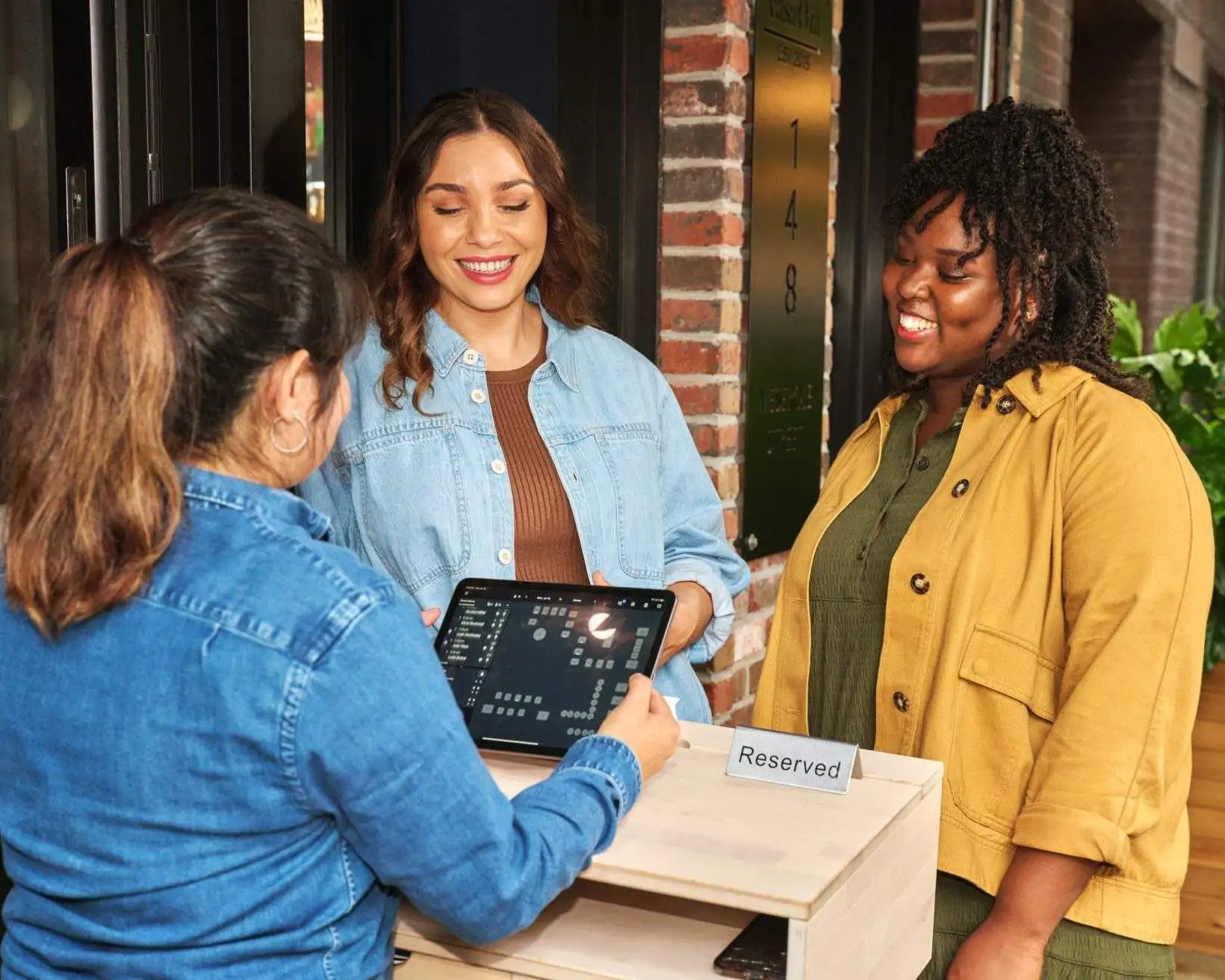Our best wishes go out to all who are dealing with this challenging situation. As COVID-19 continues to upend the hospitality industry, our community matters more than ever. In the coming weeks, we’ll highlight restaurants that are continuing to feed their communities, how diners are supporting their local restaurants, and what we’re doing to support the industry. Head here for OpenTable’s preparedness resource center.
Many restaurants are getting creative while handling coronavirus-related curveballs, and adapting by selling groceries, ready meals, and pantry kits. As diners look for ways to support their favorite local establishments and restaurateurs do everything they can to stay afloat, the restaurant-turned-market model is shaping up to be a potential solution.
Here are a few tips and best practices from restaurants in the US that have implemented a market model:
Sell grocery bundles and staples
Berkeley’s Donato & Co. has set up a grocery-specific menu outlining all of its offerings, from housemade tagliatelle to potato chips, preserved tuna, arborio rice, and half-off wine. The restaurant is also bundling its pastas, sauces, and cheese into meal kits for guests to cook at home. San Francisco Italian restaurant Prairie is operating as a full-blown general store stocked with pantry essentials, toilet paper, and fresh meat.
“I sort of just ran with it, wanting to keep the lights on and keep some people working,” Prairie chef/owner Anthony Strong told SFGate. “I didn’t put together a P&L for it. I didn’t do a sales projection for it. I’m just starting to wrap my head around it. I figure if we can ride this thing out rather than completely boarding up, it will allow us to already be open when it’s time to drop it back into restaurant mode,” he said.
Offer take-and-bake items
Tartine Manufactory is offering some ready-to-cook items in addition to takeout and delivery menus. “We’re doing frozen cookie dough, scones that people can bake at home, and seasoned, uncooked short ribs, among other things,” said Suzanne Roberts, general manager of Tartine Manufactory. “We were toying with the idea of doing paper towels and toilet paper, but we’re sticking to food and beverage. Coffee beans are something we always sell, and we have bone broth, soups, juices, and cooked beans by the quart.”
Establish a plan for social distancing
As restaurants and grocery stores limit the number of people inside at a given time and encourage six feet between people in line, they’re finding new ways to implement these guidelines. While there are over 65,000 grocery stores in the U.S. and the top 25 of U.S. grocery chains generate 80% of sales, according to market research firm Chain Store Guide, people are increasingly turning to small groceries and restaurants with pantry items during these times.
To help shoppers save a spot and stop the spread, restaurants and grocery stores are offering to reserve a shopping time to pick up groceries or join a real-time waitlist on OpenTable. Restaurants can also choose to set reserved hours for seniors, medical staff, or other groups. Businesses on the platform can customize their profile by letting shoppers know what steps they’re taking to foster a safe shopping environment and adding up-to-date inventory information.
Support local vendors and farmers
In Austin, Emmer & Rye is selling groceries such as dried pastas, fresh-baked breads, preserved local citrus, housemade butter, and items from its larder with online ordering and curbside pickup available. San Francisco’s Nopa is offering $32 grocery bundles with fresh produce, dried housemade pasta, half a dozen farm eggs, Rancho Gordo dried beans, fresh mozzarella, and half a pound of smoked bacon. LA’s Republique is continuing to support local farmers while offering $40 produce boxes full of kale, celery, fennel, herbs, and more, available for pickup. The list goes on.
Stay organized and over-communicate with customers
While takeout, delivery, and grocery operations present their own set of challenges to many restaurants navigating uncharted territory, staying as organized as possible helps. Tartine’s Roberts advises, “We put together a standard operating procedure: There’s signage up for where the delivery drivers can come in. We separated that from the normal guest entrance, and as a smaller space, we’re only allowing five guests in at one time.” The Bay Area has officially implemented such rules for grocery stores and restaurants, and other locations will likely follow suit.
To learn more about how to set up reserved shopping times with OpenTable, visit this page. For additional COVID-19 information, visit our preparedness resource center.
Originally published on https://restaurant.opentable.com/news/tips/how-restaurants-are-getting-creative-with-grocery-offerings/ – 2 April.




